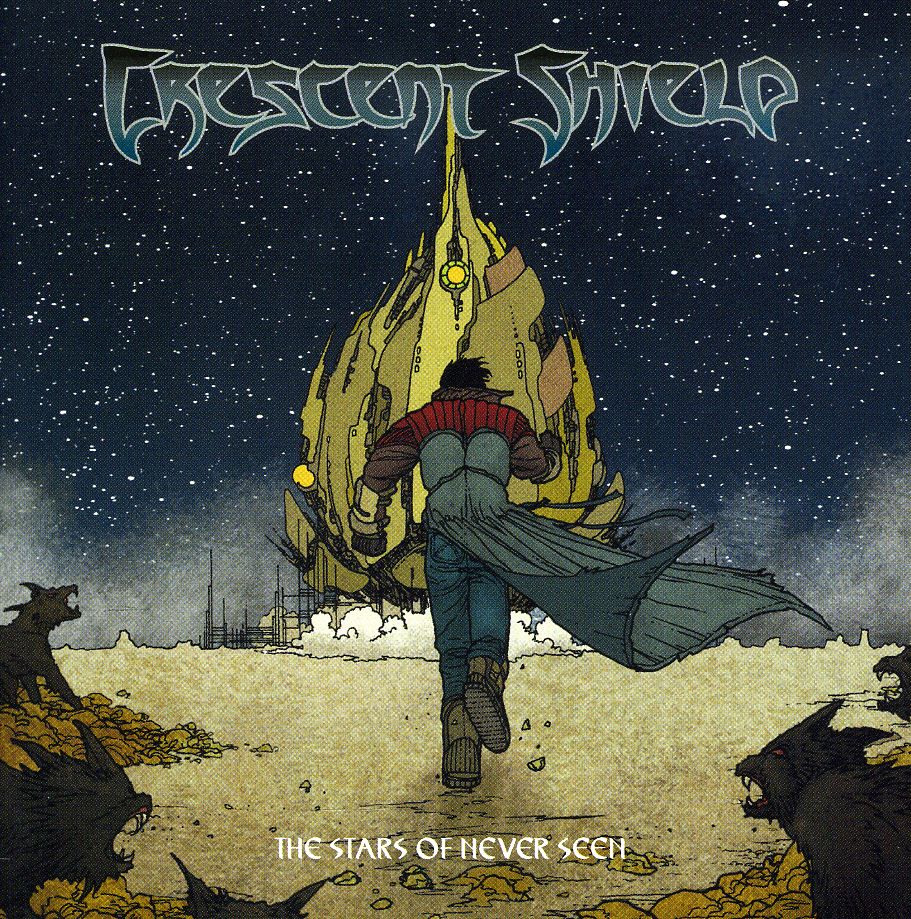
description
2From the Introduction: The intercontinental reach of Dar al-Islam, or the Islamic world, today touches all continents. This catalogue (like the exhibition it enhances) embraces this global reality to take the most expansive and inclusive vision of how many art practices have historically intersected with Islam and how they continue to do so. Through key works of art, this publication examines trade relationships between regions as well as intercultural exchanges within smaller geographic areas. It discusses a range of interactions between practitioners of many religions who supplied art within political entities, both of Islamic cultural majority and Islamic cultural minority--over centuries. Works in this publication hail from what is present-day Afghanistan, Algeria, Burkina Faso, China, Egypt, France, Indonesia, India, Iran, Iraq, Malaysia, Morocco, Myanmar, the Netherlands, Nigeria, Pakistan, Togo, Turkey, Turkmenistan, Saudi Arabia, Spain, Sudan, Syria, the United States of America, Uzbekistan and Zanzibar. Works illustrated and discussed here were created as recently as 2016 but also as early as the ninth century. Unlike countless other catalogues of Islamic art that have organized works of art by region, time period, medium (ink, silk, gold, etc.), or visual subject matter (pattern, figures, etc.), this publication introduces material through the window of the Five Pillars of Islam. Foundational to the life of devout Muslims are the five pillars, called arkan in Arabic. They are the profession of faith (shahada), daily prayers (salat), charity (zakat), ritual fasting for Ramadan (sawm) and pilgrimage to Mecca (hajj). These pillars are illustrated with objects related to their activity. After this basic introduction, works in this catalogue are organized into five contexts that intentionally resonate with the five pillars. The five contexts that frame the discussion of artwork in this catalogue are Elegant Epigraphy: Writing as Art; Internationalism: Now & Then; Hospitality: Fasting, Feasting & Fun; Architecture & Its Offspring and Modest Beauty: Dress, Fashion & Faith. These five contexts are intended to encourage readers to consider both what unites these works of art and what differentiates them.
member goods
No member items were found under this heading.
Return Policy
All sales are final
Shipping
No special shipping considerations available.
Shipping fees determined at checkout.







